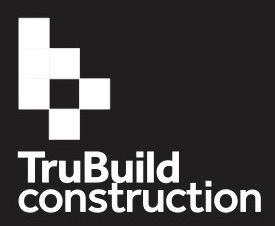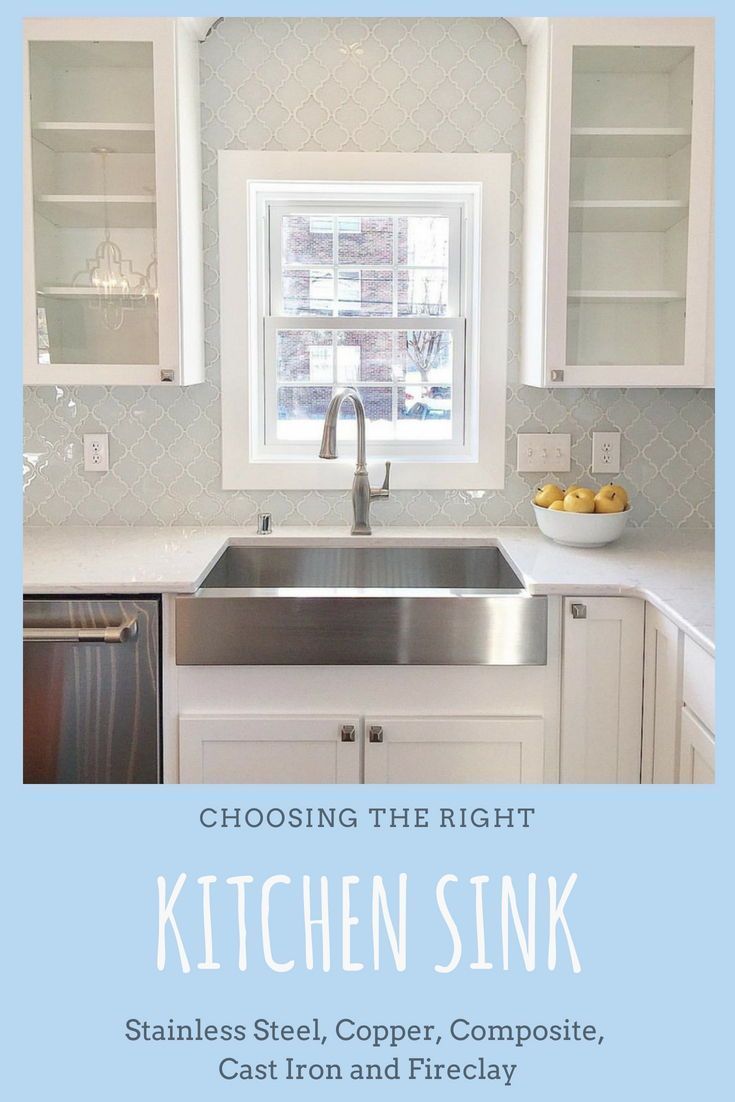Kitchen Sink Series, Part 3: Choosing Between Stainless Steel, Copper, Composite, Cast Iron, and Fireclay Sinks
Stainless steel, copper, composite, cast iron, fireclay - oh my! With so many options, how do you decide what the best material will be for your kitchen sink?
Below we discuss the basics of what you need to know about the pros and cons of the most common materials we see client's choose for their kitchens!
Affiliate Disclosure: As an Amazon Associate I earn from qualifying purchases. You should assume the owner of this website has an affiliate relationship and/or another material connection, to any suppliers of goods and services that may be discussed here and may be compensated for showing advertisements or recommending products or services, or linking to the supplier's website.
Stainless Steel Sinks
Stainless steel is the most common sink material we see in our remodels.
Stainless steel has a variety of positives when being used for a sink.
It is a very durable material that won't crack, chip, or rust.
It is easy to clean and take care of, which helps it to look like new for years.
No need to worry about a too much noise, many stainless steel sinks have sound dampening technology to absorb noise to keep things quieter while washing dishes.
There are stainless steel sinks in every shape and design and there really affordable options available.
The only real con with stainless steel is the possibility for dents and scratches over time from use.
Copper Sinks
I adore the look of copper!
Copper sinks offer a lot of style and warmth to a kitchen.
Copper is a unique material in that it is naturally antibacterial, which is great in a kitchen where you want to keep things clean and sanitary.
There are lots of beautiful styles and the material can be manipulated into many different designs.
Copper can be slightly higher maintenance than stainless steel as it will stain and discolor when exposed to harsh cleaners or acidic foods.
Another con of copper is the higher cost associated with the material.
When being budget-conscious, we like it for a smaller sink such as a bar sink as the cost will be lower but it will still offer a lot of beauty to the space.
Composite Sinks
Composite sinks are made by combining materials to increase strength of the material.
There are acrylic, granite and quartz varieties available.
In addition to their great appearance, these sinks are also very strong and durable.
They resist dents, dings, and scratches along with being able to withstand high heats.
What I think is really great about composite sinks is that they come in a variety of colors and styles to fit any specific needs or preferences.
For those who don't want their sink to stand out, there are options to allow it to blend into the design more than other materials.
A negative of the material is that the strength also means if dishes were dropped into the sink they would most likely shatter on impact.
Enameled Cast Iron Sinks
Enameled cast iron sinks are made from coating iron alloy material with a porcelain enamel.
They have a beautiful, glossy look that brightens up any kitchen.
Cast iron sinks can last a very long time and are strong.
They don't crack or dent.
They are also easy to keep clean as porcelain is resistant to staining.
A few cons of cast iron sinks are that they are extremely heavy which can make them difficult to install.
The porcelain finish can be scuffed, scratched and chipped.
In the past we have had to reinforce cabinets to make sure they would be able to hold the weight.
If the iron is exposed by being scratched or chipped, there is a possibility it will rust.
Taking care of the finish is definitely one of the most important parts of deciding to have a cast iron sink as it is what will keep it in great condition long term.
Fireclay Sinks
Fireclay sinks are known for their popularity with apron front styles.
Fireclay is actually a strong form of ceramic material.
It is durable, resistant to heat, acid, scratches, dents, cracking, and unlike enameled cast iron, the material won't rust if scratched or chipped.
The only notable cons with Fireclay is that there are somewhat limited options for styles or colors and it can be pretty pricey.
Much like enameled cast iron, these sinks are quite heavy which can make it necessary to add extra supports during installation.
Conclusion
Do one of these sink materials seems like the best fit for you and your kitchen needs? We want to hear from you below!
If you're still on the fence about what to choose or need a refresher,
check out parts 1 and 2 of our sink series:
The Difference Between Drop In, Undermount, Dual Mount and Apron Front Sinks














